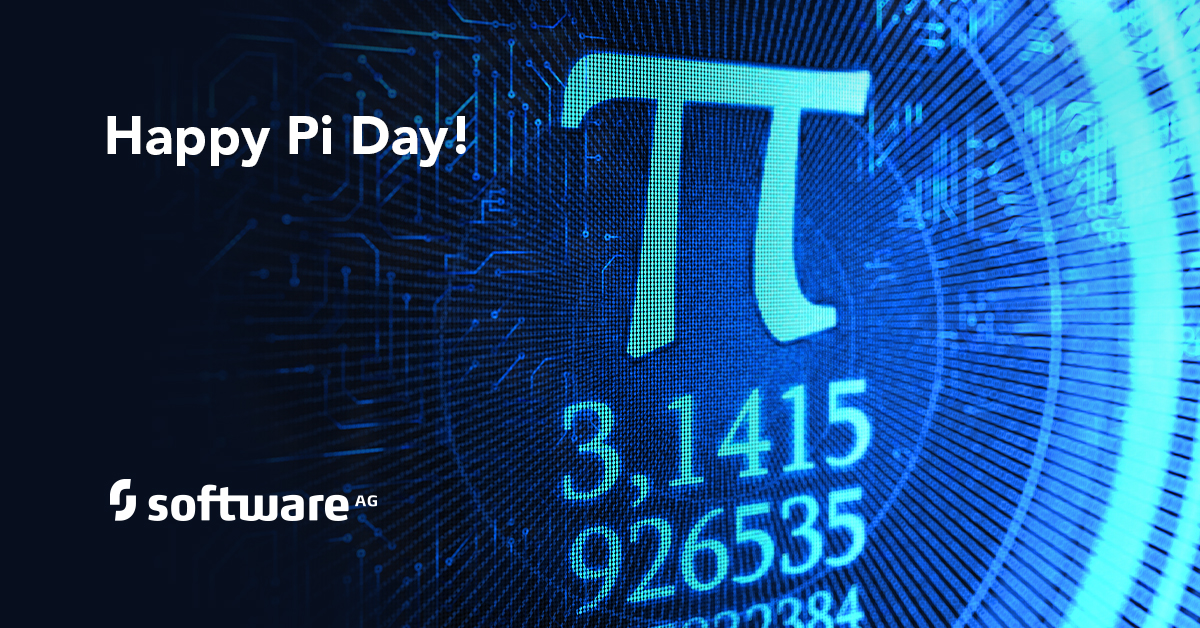Incubating Our Hidden Heroes
On Pi Day, join us in helping to incubate the STEM skills that can solve the science, technology, engineering, mathematics and business problems of tomorrow.It’s

Making something complicated seem easy is an art – and a science.
It’s not until you really investigate something complex that you realize the lengths experts have gone to make it simple to use.
Since the dawn of electricity, electric motors have literally been driving automation and industrialization of the world. But it wasn’t until 50 years ago that Hasse and Blaschke pioneered a little-known technique called direct vector control. In simple terms, it means that motors can move exactly as you want them to, inch by inch.
Fast forward to the 80’s and microprocessors; they enabled variable-speed AC motors in all the robotic machines that you use. These motors supply your water, condition your air, open car park barriers, propel trains, break concrete. The concepts of the Park transformation, on which this technique is based, are ranked the second most important power engineering discovery in the 20th century – and a true masterpiece of mathematics.
Today is Pi Day
Today we celebrate Pi Day (originating from the American date format of 3/14). It is an annual celebration of mathematics and the mathematical constant Pi. We observe this day in a world with ever-increasing adoption of technology, yet, counter-intuitively, less able to understand and use it than at any time in history.
A US survey showed that of the 28% of high-school freshmen who declared an interest in science and mathematics, 57% of these lost interest by the time they graduated. A shortage of skilled scientists and mathematicians is forecast to spike at the same time the demand for their skills is needed. To tackle this, education establishments have circled around STEM – science, technology, engineering and mathematics – in an approach based on real-world applications.
An engineer at heart, I’m delighted that my two school-age daughters and their friends are excited about this practical STEM approach. They’ve already experimented on platforms like LittleBits, Sphero, Lightbot, micro:bit and Raspberry Pi. Block coding is now second nature to them, and they are even developing plug-ins for Minecraft (which make it rain chickens).
But STEM education is also needed for the professionals in the workforce. Fortunately, the barriers to practical experimentation have fallen. Even the entry level Raspberry Pi delivers over 23,000 times more compute power than that used to land Apollo 11 on the moon, for less than US $5 – so development platforms have never been more affordable.
Raspberry Pi Day?
At Software AG, we follow two complimentary approaches to tackling the STEM skills challenge. First, making our products self-service so anyone can build solutions in minutes. And second, by providing tools, frameworks and programs to incubate these expert skills.
Within the Internet of Things domain there are two notable streams to our STEM upskilling activities:
- Our Cumulocity IoT Thin Edge has a modular structure which combines a range of capabilities for embedded devices, like the Linux based Raspberry Pi. The open extensible Cumulocity IoT device agent, with Apama Community Edition streaming analytics engine, provides a powerful foundation for edge computing experimentation.
- University Relations Education Packages. Software AG enables young talents to quickly become experts in various disciplines. Our brand new IoT Education Package is an introductory course on Cumulocity IoT that leverages the IoT capable device found in your pocket – your smartphone.
So, on Pi Day, let’s celebrate the mathematicians and scientists who have created the foundations of the world we live in today. Join us in helping to incubate the STEM skills that can solve the science, technology, engineering, mathematics and business problems of tomorrow.